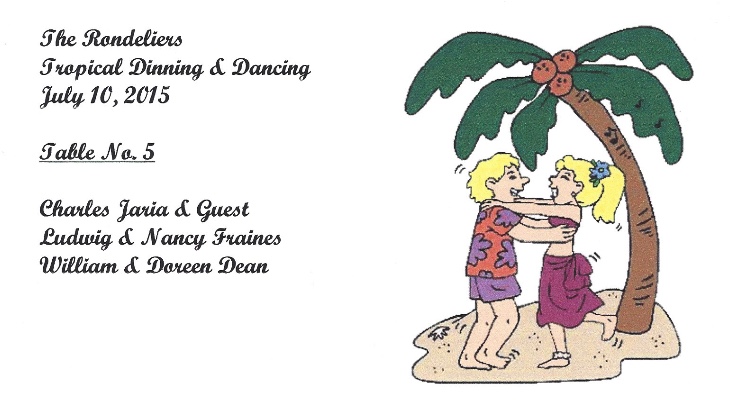Who Was Here On The Island? (Page Two)
|
|
Page 1 - Meet and Greet
|
Page 2 - Who Was Here?
Page 3 - Serious Dancing |
|


The table are ready... Are we?





Did You Know? - The tropics, also called tropical zone or torrid zone, all the land and water of the earth situated between the Tropic of Cancer at lat. 231/2°N and the Tropic of Capricorn at lat. 231/2°S. Every point within the tropics receives the perpendicular rays of the sun at noon on at least one day of the year.






Did You Know? - The sun is directly overhead at lat. 231/2°N on June 21 or 22, the summer solstice, and at lat. 231/2°S on Dec. 21 or 22, the winter solstice. Since the entire tropical zone receives the rays of the sun more directly than areas in higher latitudes, the average annual temperature of the tropics is higher and the seasonal change of temperature is less than in other zones.




Did You Know? - The seasons in the tropics are not marked by temperature but by the combination of trade winds taking water from the oceans and creating seasonal rains called monsoons over the eastern coasts. Several different climatic types can be distinguished within the tropical belt, since latitude is only one of the many factors determining climate in the tropics. Distance from the ocean, prevailing wind conditions, and elevation are all contributing elements.





Did You Know? - The tropics contain the world's largest regions of tropical rain-forest climate (Amazon and Congo basins). These lush rain-forest regions, whose immense vegetation growth is attributed to monsoon rains, contain some of the most prolific and widely speciated regions on earth for a wide variety of flora and fauna.







Did You Know? - Toward the northern and southern limits are low-latitude savanna, steppe, and desert climates (with decreasing seasonal rainfall). Tropical highland climates, which have the characteristics of temperate climates, also occur where high mountain ranges lie in the zone. High temperatures and rainfall make rubber, tea, coffee, cocoa, spices, bananas, pineapples, oils and nuts, and lumber the leading agricultural exports of the countries in the tropical zone.




Did You Know? - Progress in tropical medicine, advancing technology, and the pressure of increasing populations have led in recent years to the cultivation and settlement of some rain-forest areas.
Sound: Hawaiian War Chant
|
|
Page 1 - Meet and Greet
|
Page 2 - Who Was Here?
Page 3 - Serious Dancing |
|

